You launch a lead ad. Downloads look good. But sales? Flat.
This happens more often than most marketers admit. The numbers suggest performance, yet the actual business impact feels soft.
The issue usually isn’t your offer. It’s the type of lead your ad is pulling in. And that often comes down to how the ad was framed from the start.
Let’s break it down.
1. Free offers attract the wrong attention when placed too early
Free guides, audits, checklists—they work. But only when matched with timing and intent.
When used too early in the funnel, these offers tend to pull in people looking to browse, not buy. They’re curious, but not committed.
If your sales team follows up with these contacts expecting conversion, they’ll hit walls. Instead, structure-free offers around deeper content paths or use them to filter interest before handing leads off.
2. The wrong audience sees your ad more often than you think
Ad platforms optimize for quantity unless told otherwise. That means if your ad gets clicks from people who sign up but never engage again, platforms learn to find more of those users.
This explains why one ad that starts strong can slowly attract leads that feel cheaper, but close weaker.
To fix this, many Singapore-based teams now optimize for deeper events like calendar bookings, video plays, or pricing page visits. These signals train the ad engine to find people who act with purpose, not just pass through forms.
3. Your lead magnet might promise more than your product delivers
Misalignment between your freebie and your core offer quietly weakens lead quality.
Let’s say your ad promotes a “Social Media Growth Blueprint.” But your actual service focuses on B2B content strategy for LinkedIn. That mismatch builds a list filled with founders wanting Instagram tips.
This doesn’t mean you need to overhaul your product or your freebie. Just bring them closer together. Leads drawn in by aligned messaging usually convert better, even if fewer sign up.
4. Lead forms filter volume, not intent
Standard forms often give you quantity. But not quality.
To shift this, here are small changes that work:
- Ask one qualifying question, like “What’s your biggest challenge right now?”
- Add a dropdown to filter the budget range
- Use conditional logic to segment based on role or industry
- Let them pick a time to speak, not just submit and wait
- Show pricing upfront in your thank-you page
These tweaks remove passive interest and surface people who are ready to take the next step.
5. Follow-up sequences matter more than form fills
You may have great leads already. But if your follow-up lacks context, they’ll feel like cold contacts.
Teams seeing stronger conversion usually map email sequences to what the lead downloaded. For instance, someone who opts into a pricing calculator should receive breakdowns, examples, and options, not a generic drip sequence.
Follow-up is where trust builds. And trust is where real buying starts.
Lead gen works when every step connects — from the ad itself to the moment a prospect speaks with your team.
That’s how we approach campaigns with our clients. Unlike many lead generation companies Singapore that focus only on numbers, we emphasize alignment — offer, audience, follow-up, and timing.
For Singapore businesses aiming to get a better return from every dollar spent on ads, that structured, data-driven approach makes a real difference.
If you’re rethinking how your lead funnel operates, we’re always up for that kind of conversation. Get in touch with us today.
